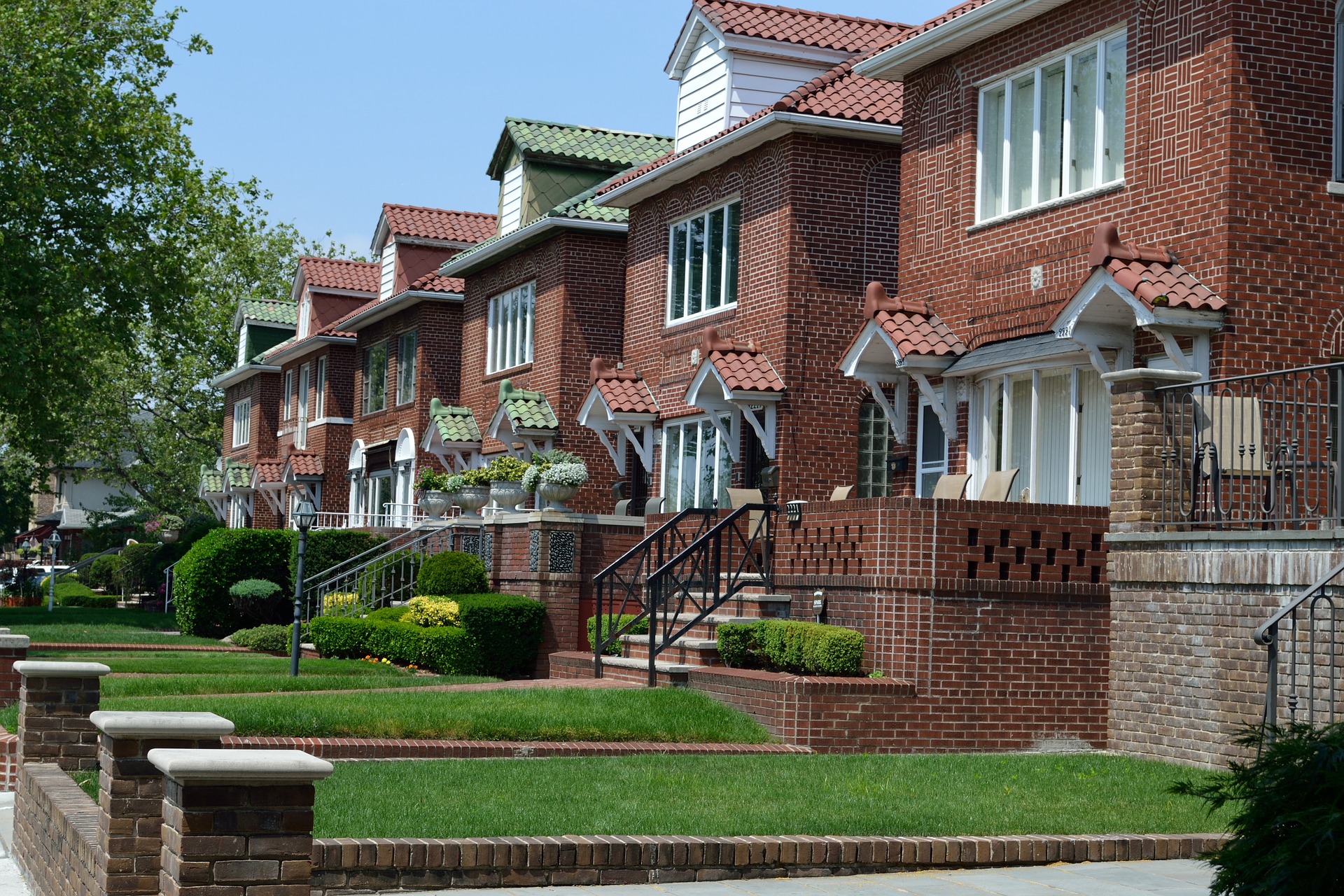Environmental Gentrification
Policies that are designed to reduce environmental damages have the goal of protecting the environment while promoting efficiency and pursuing equity in their distribution of benefits and costs. This paper measures the differential welfare impacts of environmental policies across household groups. To account for property market responses and re-optimization of residential housing decisions, a dynamic model of housing decisions with endogenous tenure status (renting vs. owning) and forward-looking residents is used. The model extends the distributional analysis in four previously overlooked dimensions: differential impacts of property market appreciation on renters and owners, preference heterogeneity over public amenities, wealth accumulation corresponding to property market changes, and expectations in dynamic housing decisions. The model is estimated taking advantage of an exogenous and unexpected environmental shock and employing a unique data set (L.A.FANS Data) tracking residents locations and tenure choices in Los Angeles County from 2000 to 2007. The results show that environmental improvements have regressive welfare impacts and favor owners more than renters. Welfare impacts can be reduced for renters and can be changed from positive to negative for low-income renters incorporating housing market responses and residential sorting. In contrast, owners of all incomes benefit more due to the capitalization of environmental improvements incorporating housing market responses. Provided that renters are more likely to be low-income earners and people of color, the differential welfare results in this paper raise the concern of environmental justice in policy design and evaluations.












